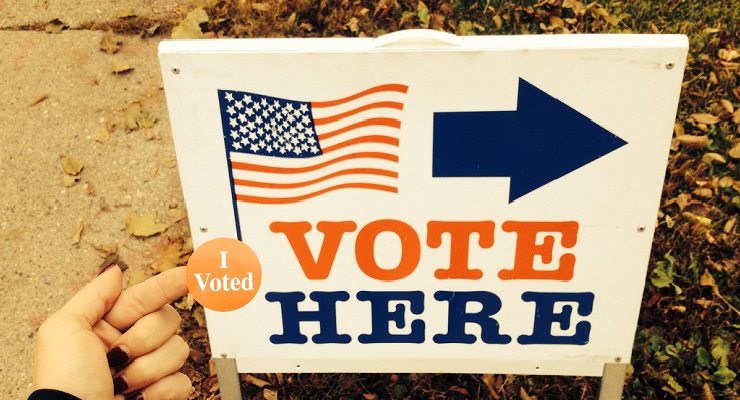
If the Supreme Court keeps lower court decision, a major win against unfair redistricting will be had. This new post on Ballot Access News by Richard Winger has the latest:
On June 7, the Wisconsin voters who sued their state over its partisan gerrymander, and who won their case in a three-judge U.S. District Court, filed this brief in the U.S. Supreme Court. The voters hope that the U.S. Supreme Court (which won’t decide whether to hear the state’s appeal until October 2017 at the earliest) will not stay the lower court decision.
If no stay is granted by the U.S. Supreme Court, then the Wisconsin legislature will be forced to redistrict the legislative districts this year, or else the U.S. District Court will do it this year. The U.S. Supreme Court will consider whether to grant a stay at its June 8 conference, but the news from that conference won’t be announced until June 12.
Also, the redistricting changes put forward by the Wisconsin Republicans have seen even more trouble in court. Ballot Access News awesomely had the following recent post explaining that latest news:
The U.S. Supreme Court will consider whether to grant a stay in Gill v Whitford, 16-1161, at its Thursday, June 8 conference. This is the case in which the lower 3-judge U.S. District Court determined that the Wisconsin legislative district boundaries constitute an unconstitutional partisan gerrymander.
The U.S. Supreme Court wants the opponents of the gerrymander to file a brief on June 7, and then the Court will decide whether the state must now implement a new districting plan, or whether the state can delay that until the U.S. Supreme Court decides whether the lower court was correct.
Also, the Brennan Center has a run down on the case. Here is an excerpt from their work:
A three-judge federal panel has ordered the Wisconsin Legislature to redraw the state assembly map that the court struck down as an unconstitutional partisan gerrymander by November 1, 2017.
Last November, the panel declared that the state house plan adopted by Wisconsin’s Republican-controlled legislature in 2011 was an unconstitutional partisan gerrymander that violated both the Equal Protection Clause and the plaintiffs’ First Amendment freedom of association. The ruling was the first time in over three decades that a federal court invalidated a redistricting plan for partisan bias.
After evaluating the constitutionality of the map with a three-part test, the panel concluded that the map displayed both bad intent and bad effect, citing evidence that the map drawers used special partisan measurements to ensure that the map maximized Republican advantages in assembly seats. Despite Democrats winning a majority of the statewide Assembly vote in 2012 and 2014, Republicans won sixty of the ninety-nine Assembly seats. Wisconsin Republicans dispute the assertion that they intentionally engineered a biased map, arguing that partisan skews in the map reflect a natural geographic advantage they have in redistricting as a result of Democrats clustering in cities while Republicans are spread out more evenly throughout the state. The court, however, said the state’s natural political geography “does not explain adequately the sizeable disparate effect” seen in the previous two election cycles.
The panel, however, denied one of the plaintiffs’ principal requests: to have judges, not lawmakers and the governor, in charge of redrawing the legislative boundaries, stating in its opinion, “it is neither necessary nor appropriate for us to embroil the Court in the Wisconsin Legislature’s deliberations.” The court advised the panel to use the November ruling as a guide in developing a new redistricting plan.
Leave a Reply